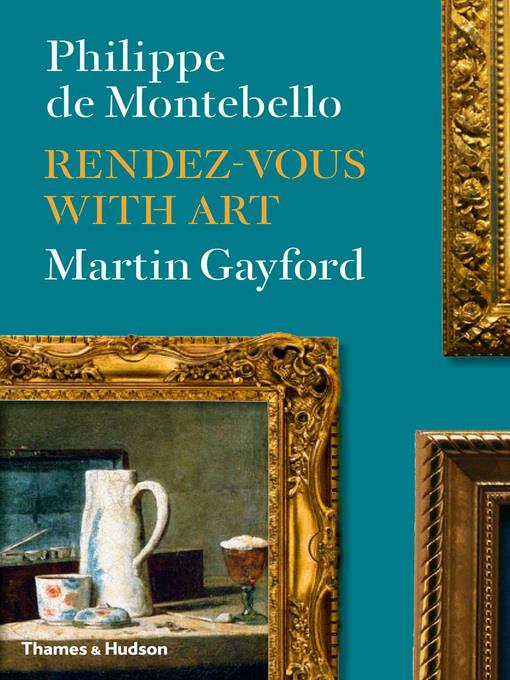
Rendez-vous with Art
کتاب های مرتبط
- اطلاعات
- نقد و بررسی
- دیدگاه کاربران
نقد و بررسی

July 14, 2014
The premise—two art experts look at some of the world’s most magnificent works in tandem—is a good one, offering readers guided tours of the Louvre, the Prado, the Palazzo Pitti, and other prestigious institutions. The experts in question, Philippe de Montebello, who spent 31 years as director of the Metropolitan Museum of Art, and Martin Gayford (Man With a Blue Scarf: On Sitting for a Portrait by Lucian Freud), a highly regarded British art critic, certainly fit the bill. The book adds an ingenious twist to the classic approach to art criticism, which is, for the most part, effective. Montebello and Gayford offer depth and context to key works by Bosch, Goya, Vermeer, followed by erudite discussions. The authors’ admissions that they didn’t appreciate certain styles or eras at first; explanations regarding the effects of a museum’s physical layout on a visitor’s experience and interpretation, and the declaration that we’re now spending more time looking at photos and reproductions of artworks than the real thing are sure to provoke a response. Assuming readers can get past the authors’ egos (which loom large) and their penchant for peppering their text with purple prose, there are considerable insights into the featured art. 75 color and b&w illus. Agent: Vital Vayness; David Godwin, David Godwin Associates (U.K.)

October 1, 2014
Eclectic art museum treasures prompt critic Gayford (Man with a Blue Scarf) and de Montebello, emeritus director of the Metropolitan Museum of Art, to engage their future readers with pleasant, unapologetically scholarly, nostalgic conversation in a dialog format. Gayford's short narrative smoothly connects the visits. Topics shift with careful editing as the men stroll through museums across continents, over a two-year span, stopping to ponder some 70 pieces (alas, no women artists). Several pieces evoke controversial responses, as when de Montebello decries modern museums' promotion of their collections and "artist-stars" as a form of entertainment. He stands firm that art "demands an effort...if we are to be absorbed in its world." The tone of the Eastern antiquity section elicits the most effect on the complex issues of keeping "war booty" and other prickly aspects of acquisition and display. The authors are clearly passionate about their shared history of art in museums, the institutions' sense of place, and even their commiseration about "museum feet" (fatigue). VERDICT Top-shelf art appreciation behind the scenes makes this one-to-one "opportunistic" and "impulsive" discourse stand out. Not for researchers but for thinkers responding to its highbrow banter, this is for the avid art lover, curator, docent, museum studies student, and any well-traveled sophisticate who knows the way around a museum.--Marianne Laino Sade, Maryland Inst. Coll. of Art Lib., Baltimore
Copyright 2014 Library Journal, LLC Used with permission.

September 15, 2014
Former director of the Metropolitan Museum of Art de Montebello and art critic Gayford embark on an experiment in shared appreciation, traveling to the great museums of the world to stand together in front of the masterpieces that move them. Wandering the halls of the Prado, Palazzo Pitti, and the Louvre, the connoisseurs allow themselves extended encounters with ancient classics and Renaissance masters, formulating a series of conversational and loosely organized dialogues. Though they are extremely knowledgeable on the historical background of the works, the authors' main focus is more narrowly aesthetic. Their exchanges center on the importance of sustained observation, on the formal characteristics of beauty, and on the work museums perform in framing the visitor's experience. The outspoken de Montebello particularly emphasizes the importance of the viewer's own emotional connection with art in discriminating the good from the great. Rather than a traditional art history or theoretical text, the authors' seeks to revive, through their journeys and conversations, the timeless pleasures of looking deeply at artworks themselves and to mark the irreplaceability of first-person artistic encounters.(Reprinted with permission of Booklist, copyright 2014, American Library Association.)

























دیدگاه کاربران